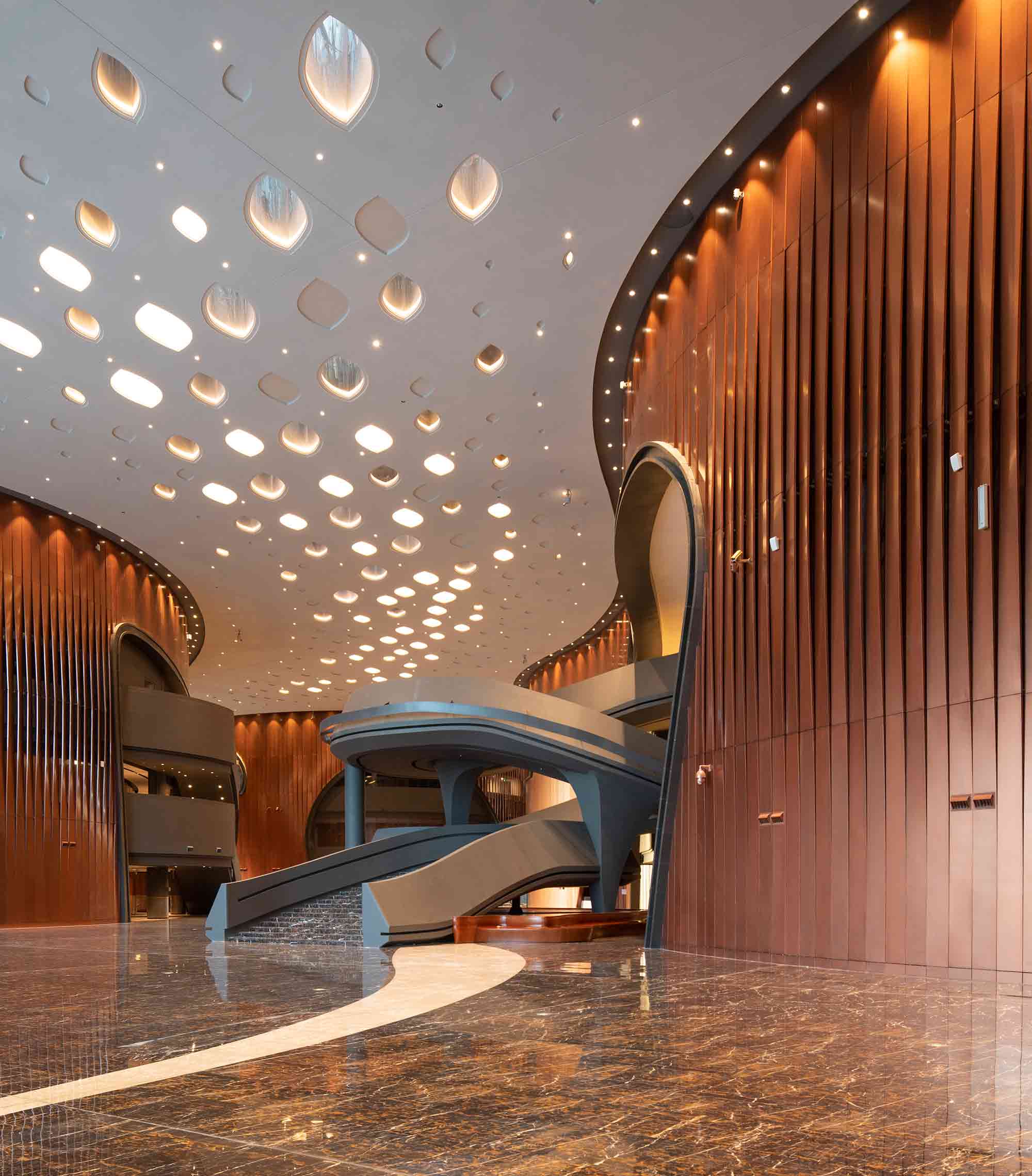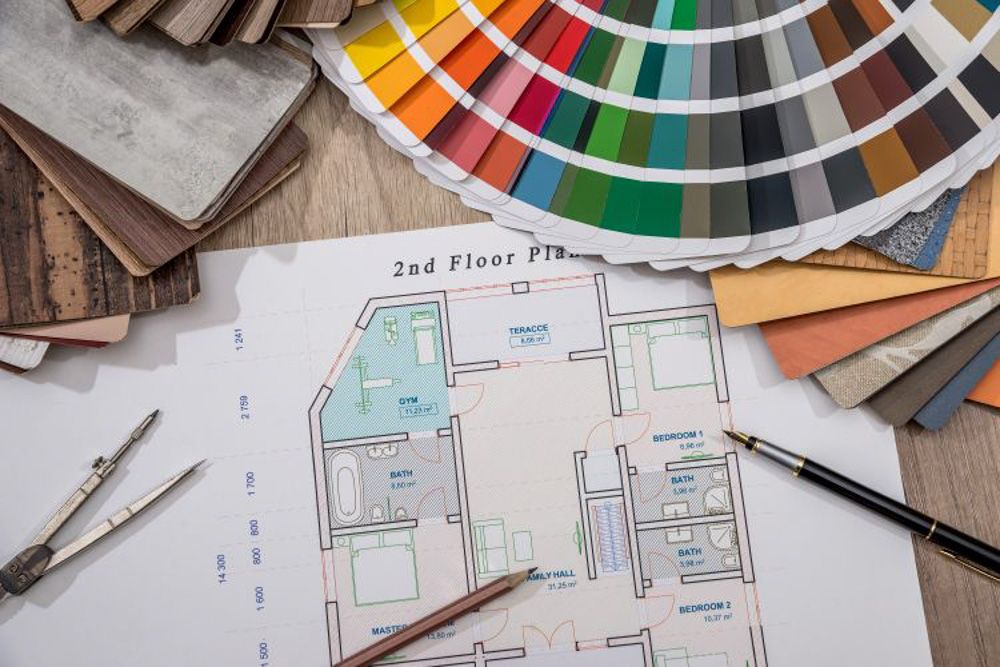Creating Your Dream Area: The Influence of Interior Design and Home Designer on Home Appearances
The magic of creating a dream home lies not just in building expertise but likewise in the fragile creativity of interior layout. These 2 techniques intertwine, with architecture giving the skeletal structure while interior style breathes life right into the area with texture, color, and furnishings option.
The Crossway of Interior Design and Architecture: More Than Fulfills the Eye
Although lots of people believe that interior layout and design are 2 different self-controls, a closer assessment discloses an interesting intersection between the two. Architecture lays the foundation, offering the shell within which indoor design operates. However, the form and feature of a space are not only dictated by its architectural layout. Interior Design plays a pivotal role in enhancing and completing a framework's building components, focusing on the selection and presentation of interior things such as furniture, components, and finishes. It is the interaction of these two self-controls that brings an area to life, transforming it from a mere architectural entity into a holistic, lived experience. This cooperative connection highlights the value of incorporating building principles right into indoor layout, and vice versa, to achieve an unified and visually pleasing setting.
Utilizing the Power of Colors and Textures in Home Design
While the framework of a home might be the canvas, it is inevitably using shades and textures within interior style that brings the vision to life. The calculated application of colors can set the state of mind, produce consistency, and even influence the viewed size of a room. Neutral tones offer a sense of calmness and spaciousness, while bold colors can attract and stimulate focus. Textures play a pivotal duty in including depth and personality to an area. Rough structures, like raw timber or block, give rustic appeal, while smooth surface areas, like marble, emanate sophistication. By comprehending the psychological effect of colors and responsive charm of textures, one can properly transform a residence into a visually compelling and emotionally interesting home.

The Function of Furniture in Defining Space and Way Of Living
Furniture serves as a defining element in interior decoration, influencing both room and way of living. It not just offers practical energy yet likewise adds to the visual charm of the home. The choice of furnishings can significantly influence the assumption of space, with larger items creating an impression of splendour, while smaller sized, minimal designs can make a room appear sizable. Furnishings acts as a reflection of the home owner's way of life and individual taste. A choice for vintage, rustic furniture might indicate a love for custom, whereas sleek, modern-day items frequently recommend a modern, city lifestyle. Hence, furniture choice plays a critical role in defining and individualizing area, with each piece functioning as a testament to the homeowner's special identity. pop over to this site Countryside Homes interior design.

Architectural Factors To Consider for Personalized Spaces
The layout, design, and structure of a home can considerably affect its general aesthetic, functionality, and the residents' comfort. Understanding the home's architectural aspects, such as the dimension and form of spaces, the positioning of doors and windows, and the type of materials utilized, can assist one tailor their space to their lifestyle and preferences. Style, consequently, is a vital factor in creating one's dream space.
The Emotional Influence of Aesthetically Pleasing Spaces
The impact of aesthetically pleasing rooms on human psychology is profound. These settings not only attract the detects however likewise add to an individual's general wellness. They can stimulate imagination, generate leisure, and even influence mood. Patterns, shades, and textures can evoke psychological reactions, while the format and illumination can impact habits and communications. A well-designed area, with its careful equilibrium of aesthetics and capability, can foster a feeling of harmony, advertising positivity and efficiency. Alternatively, improperly designed rooms can create sensations of discomfort or stress. Consequently, interior Extra resources decoration and design are not simply concerning creating visually appealing areas, yet additionally about cultivating atmospheres that boost psychological health and fulfillment.

Conclusion
In verdict, creating your desire room is a nuanced process that balances the structural components of architecture with the aesthetic options of indoor layout. hop over to these guys By thoroughly choosing shades, textures, and furnishings, you can craft spaces that not only look lovely but additionally functionally serve your way of living. Ultimately, the successful combination of these self-controls advertises well-being, triggers creative thinking, and fosters a sense of individual identification within the home.
Designing Your Desire Space: The Impact of Interior Layout and Home Engineer on Home Looks Countryside Homes interior design.
The magic of designing a desire home exists not only in building prowess yet also in the delicate virtuosity of interior style. These 2 disciplines link, with design supplying the skeletal structure while indoor style takes a breath life right into the area with furniture, shade, and texture choice.Furniture offers as a specifying component in interior design, affecting both room and way of living.In verdict, developing your dream room is a nuanced process that balances the structural aspects of style with the visual selections of interior style.